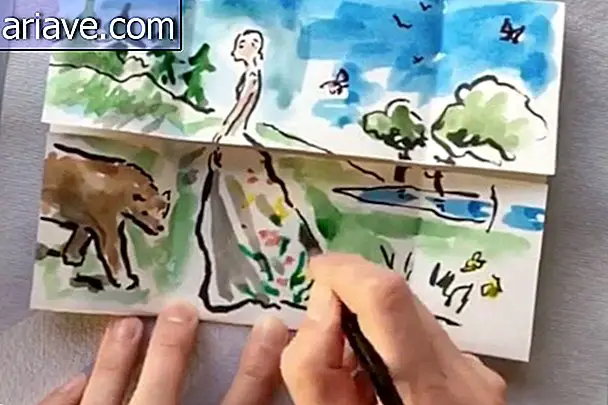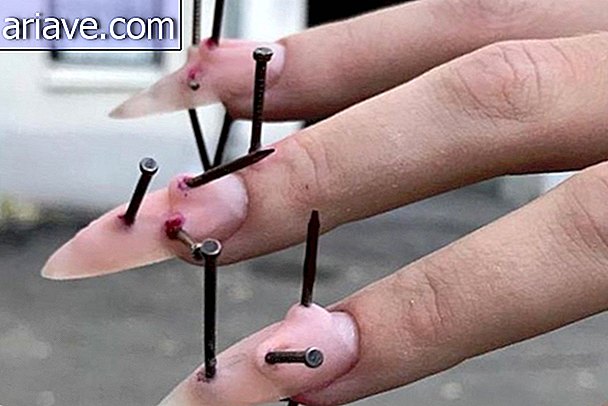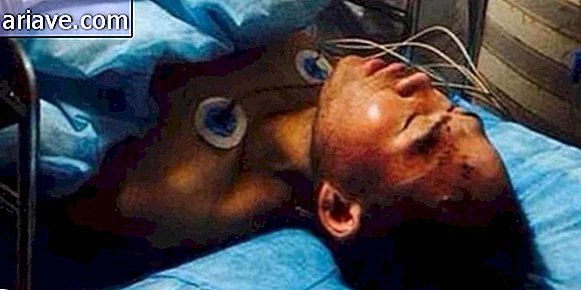Needle-free vaccine: Scientist-made sticker prevents flu
For nearly two decades, scientists have been studying vaccination with a needle-free approach, but no technology developed has been effective enough to have a prospect of mass use - at least until this year. Benjamin L. Miller, professor of dermatology at the University of Rochester Medical Center in New York, is the lead author of a new scientific paper on influenza adhesive vaccines.
The article, published in the Journal of Investigative Dermatology, talks about an invention with potential to replace the current method of needle vaccination. The patches do not require application by a healthcare professional and do not produce biohazardous waste such as syringes. It is worth mentioning that human tests have not yet been performed.
Skin, the biggest barrier of our body

Importantly, developing a technology that can carry large molecules, such as influenza vaccine proteins, through the skin is quite a challenge, after all, the skin aims to keep “foreign agents” out of the body, not let enter them. Lisa A. Beck, coauthor of the paper and professor of dermatology, found that a protein called “claudin-1” induces barrier fortification and, on the other hand, reduces skin permeability. Despite the interesting discovery, it was necessary to create a perfect scenario in which the barrier was broken just long enough to release proteins against the flu without allowing unwanted agents to enter.
Entering the front door

After many tests on mice, the researchers were able to create the ideal version of the patch so that the vaccine was properly injected without causing a vulnerability in the immune system. "When we applied the peptide patch (which inhibits claudin-1), the rat's skin became permeable for a short time, " said Matthew Brewer, another co-author of the article. “But as soon as the patch was removed, the skin barrier began to close. After 24 hours, the skin is back to normal - which is great news from a safety point of view. ”
Vaccination for all

Current vaccines are effective, but require specialist professionals to apply them, cause biological risks and patients are anxious about pain. All of these factors represent barriers to vaccination in developing countries. "These countries have no manpower to vaccinate entire populations, " said Lisa Beck. "In addition, there is an aversion to health care in many of these communities. A needle is painful, invasive and difficult when you deal with a cultural bias that has resistances to preventive medicine." In this context, then, an influenza patch would be a noninvasive way to administer vaccines quickly and cheaply to large numbers of people.











